Ben Valsler
This week, war poetry and the birth of a chemical dynasty. Here’s Mike Freemantle:
Michael Freemantle
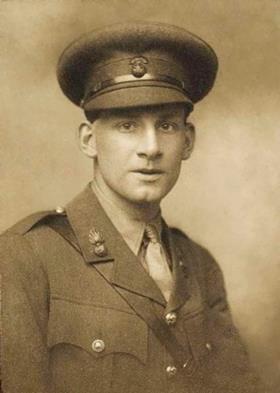
During the first world war, thousands upon thousands of troops had to endure days on end living in squalor. Trenches, dug-outs and latrines were often infested with rats, flies, fleas and lice. The mud and soil at the bottom of the trenches were riddled with pathogenic microorganisms. Infectious diseases such as dysentery and typhoid were rife.
When available, a disinfectant – usually bleaching powder – was employed to tackle the problem. The powder was known as chloride of lime.
British war poet and soldier Siegfried Sassoon referred to it in Memoirs of an infantry officer, a fictionalised account of his experiences in the war. Following an explosion:
‘A rat scampered across the tin cans and burst sandbags, and trench atmosphere reasserted itself in a smell of chloride of lime.’
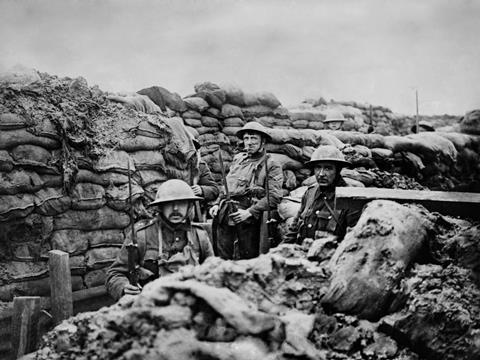
Chloride of lime was also a component of one of the most widely employed antiseptic solutions in the first world war. The solution, developed by a team of pathologists at the University of Edinburgh, was prepared by dissolving a powder known as ‘eupad’ in water. The powder consisted of equal weights of chloride of lime and boric acid. The solution was named ‘eusol,’ an acronym for Edinburgh University Solution of Lime.
In a paper published in the British Medical Journal in 1915, the team noted that as far back as 1846 the Hungarian physician Ignaz Semmelweis ‘stamped out an epidemic of puerperal fever in Vienna by the use of bleaching powder’.
The active ingredient in bleaching powder is calcium hypochlorite. This compound dissolves in water to form an alkaline solution containing calcium hydroxide and hypochlorous acid – ‘the most powerful antiseptic known,’ according to the Edinburgh team. Calcium hypochlorite also reacts with carbon dioxide to form calcium carbonate and a chlorine-containing gas which gives bleaching powder its distinctive smell.
Calcium hypochlorite powders, granules or tablets have to be handled with care. The compound does not burn but, as it is a strong oxidising agent, it will accelerate the combustion of organic materials like cardboard and paper. It is also toxic and a skin irritant.
Bleaching powder, it should be noted, is not the same as bleach. The latter is a liquid solution containing sodium hypochlorite as the active bleaching ingredient.
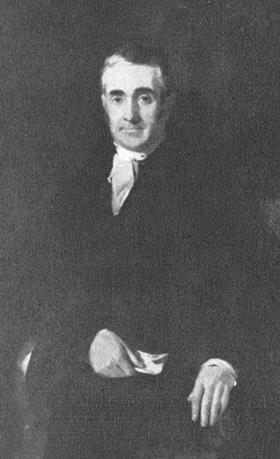
The history of bleaching powder dates back to the late 18th century when two Scottish chemists, Charles Tennant and Charles Macintosh, developed a process for its manufacture. The process involved the reaction of dry slaked lime with chlorine gas. Slaked lime, better known today as calcium hydroxide, is prepared by mixing lime, that is calcium oxide, with water. The oxide is itself obtained by heating calcium carbonate minerals such as chalk or limestone.
Tennant took out a patent for making bleaching powder in 1799. The previous year, he had patented a similar process for producing bleach liquor, a solution of calcium hypochlorite in water. Tennant, Macintosh and their business partners acquired land near Glasgow where they built a factory, known as the St Rollox chemical works, to manufacture the liquor and the powder. Within five years the factory was producing almost ten thousand tons of the two products annually.
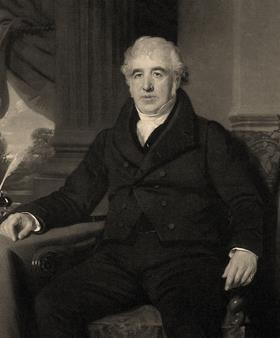
The powder was easier to transport than the liquor and soon became the factory’s main product. Tennant took over financial control of the St Rollox works in 1800 but Macintosh continued to be associated with him for many years. Nowadays, Macintosh is better known as the inventor of a manufacturing process for the waterproof rubber fabrics used in the famous Mackintosh raincoats.
The St Rollox works established by Tennant and his partners grew to become the largest chemical works in the world. In 1890, his company merged with 47 other British chemical companies to become the United Alkali Company. In 1926, the United Alkali Company merged with three more British chemical companies to form Imperial Chemical Industries.

Tennant died in 1838, by which time he had become tremendously wealthy. His grandson, Sir Charles Tennant, took over the St Rollox works in 1843. One of his daughters, Margot, married Herbert Asquith who was prime minister of the United Kingdom when the country entered the first world war – and Siegfried Sassoon was surviving on the Western Front, in a trench atmosphere of chloride of lime.
Ben Valsler
That was Mike Freemantle with calcium hypochlorite, the active ingredient in the bleaching powder found in the trenches of world war one. Next week, Kat Arney presents iconic chemical structures with a twist
Kat Arney
These rows of rings are known collectively as acenes, while the longer ones are sometimes called graphene nanoribbons. And because of the structural constraints of the carbon bonds where the rings join, these ribbons gently twist along their length, rather than lying dead flat.
Ben Valsler
Join Kat to discover twistacenes. Until then, we’d like to hear from you – get in touch via the usual channels – email chemistryworld@rsc.org or tweet @chemistryworld. Thanks for listening, I’m Ben Valsler.
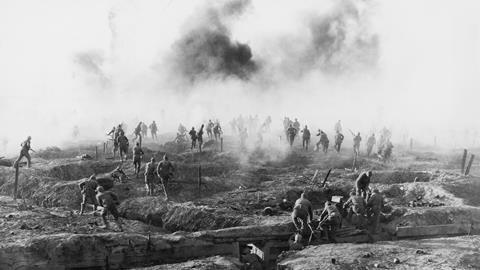












No comments yet